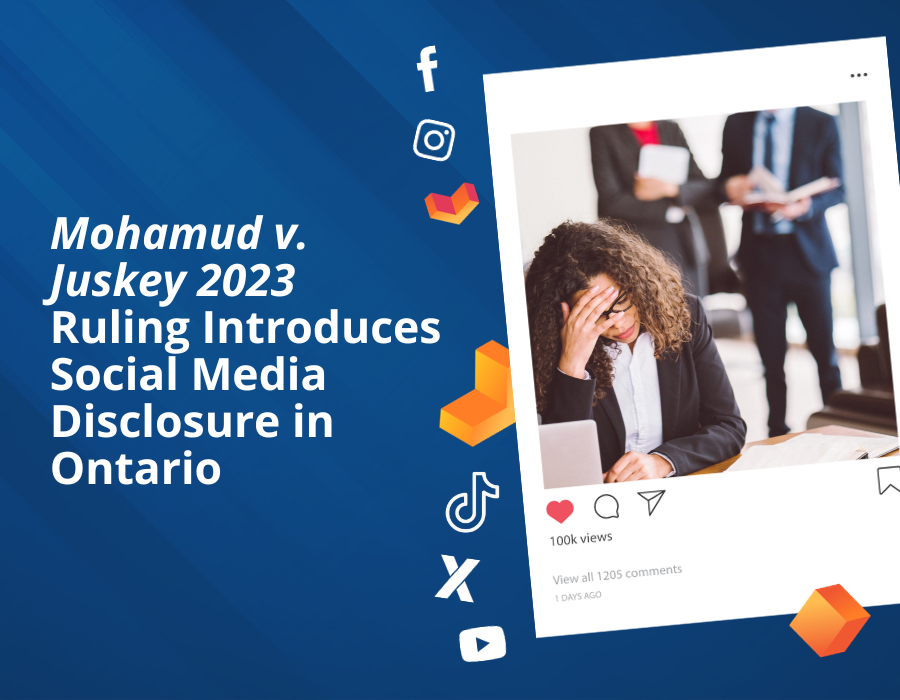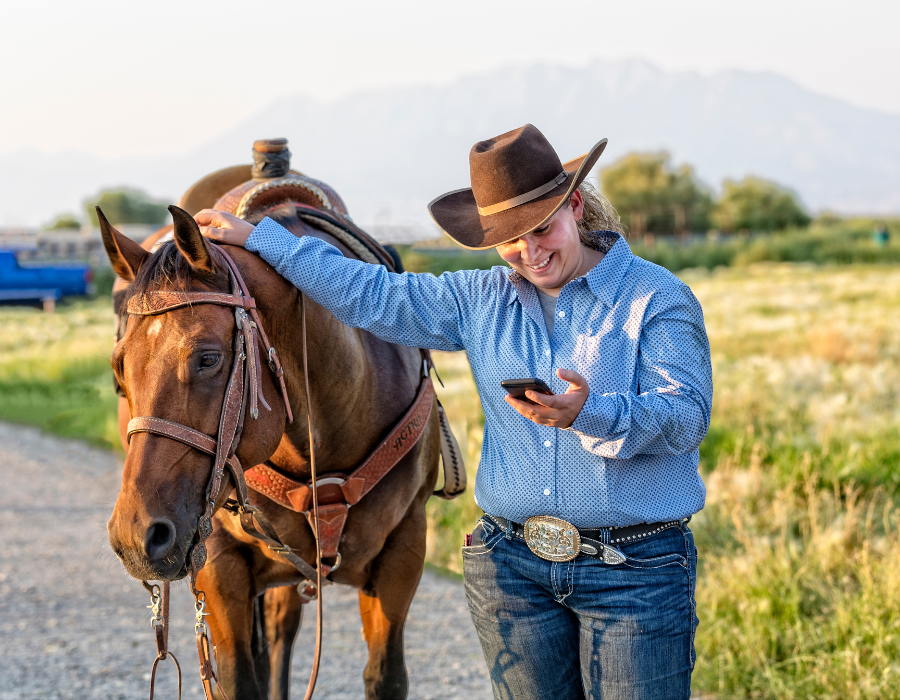Davenport v. State Farm Mut. Auto. Ins. Co. 2012 WL 555750 (M. D. Fla., Feb 21, 2012)
In this case the plaintiff sustained injuries in a April 9, 2009 motor vehicle accident.
The defendant filed a Motion to Compel Discovery seeking:
- All photographs posted, uploaded, or otherwise added to any social networking sites or blogs, including but not limited to Facebook, Myspace, Twitter, or any similar websites posted since the date of the accident alleged in the complaint. These included photographs posted by others in which Chelsea Davenport was tagged or otherwise identified therein.
- All computers, cell phones, laptops, smart phones, or any similar electronic devices used by, owned by, or in any way accessible by Chelsea Davenport to gain access or post any material on any social networking sites or blogs, including but not limited to Facebook, Myspace, Twitter, or any similar websites.
The plaintiff argued that the discovery request is “not reasonably calculated to lead to the discovery of admissible evidence when the request is overly broad and improperly invades the plaintiff’s privacy.”
Instead, the plaintiff proposed that she produce only those photographs that depict her and were posted by her. She cited case law supporting her position that photographs posted by others in which she was “tagged” are “less likely to be relevant” than photos posted by her. Simply Storage, 270 F.R.D. at 436.
Nevertheless, the court held that the potential relevancy of such photographs outweighed any burden of production or privacy interest. Thus, the court ordered that the plaintiff produce any photographs depicting her, taken since the date of the subject accident, and posted to a social networking site, regardless of who posted them. The court noted that generally, content that is posted to social media is neither privileged nor protected by any right of privacy.
Regarding the request for devices used by the plaintiff to access any social networking site, the court ruled that the defendant’s request was overly broad and not reasonably calculated to lead to the discovery of admissible evidence, stating that the “Defendant does not have a generalized right to rummage at will through information that Plaintiff has limited from public view.” Tompkins,2012 WL179320, at *2.
Concerning the request for photographs, the court ruled that the plaintiff would be ordered to produce, on or before February 29, 2012, all photographs added to any social networking site since the date of the subject accident that depict the plaintiff, regardless of who posted the photograph.
Social media is being used as evidence in personal injury cases and you can no longer ignore what your clients post online. Private Footprint is a powerful tool that allows lawyers to quickly view, organize, and make sense of the overwhelming volume of social media content generated by clients. You can easily monitor social activity for each client separately, flag specific posts, and quickly generate detailed reports which document your client’s lives before and after life-altering events.
Contact us today to learn more about Private Footprint and how you can start protecting the value of your files.




































